Book of the Month: Olmsted Trees
Book of the Month: Olmsted Trees
Stanley Greenberg
June 20, 2022
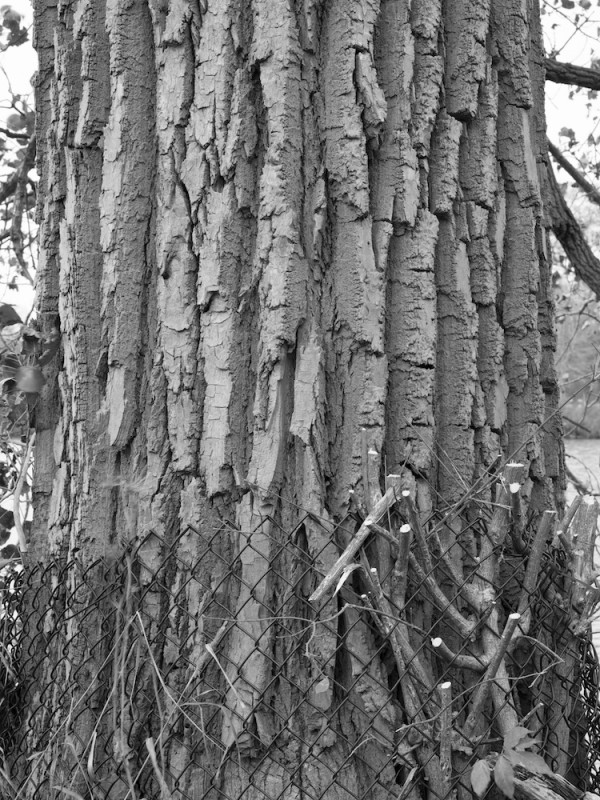
Populus deltoides, Eastern Cottonwood, Washington Park, Chicago, Illinois, 2019
The starting point for the series was the giant trees that the photographer observed, just across the way from his Prospect Park apartment, in the New York Borough of Brooklyn. The design of this park, which was opened in 1867, is accredited to Frederick Law Olmsted; and the more Greenberg became involved with the stories of its various trees, the more important the question of park design became to him. His interest was triggered and, following his first pictures of trees, the photographer developed a whole series. This book now appears in time for the celebration of the 200th anniversary of the birth of the park designer. Frederick Law Olmsted (1822-1903) is considered one of the most significant American landscape architects, and the founder of American Landscape Architecture. By the time he began his first major project, when he took over the layout of New York's Central Park in 1857, Olmsted had already had an eventful life. Even though he came from a wealthy family, he had tried his hand as a surveyor, salesman, sailor, farm labourer, landowner, journalist, author and publisher, before discovering his true vocation: the design of green spaces and parks, for the increasing demand in the growing cities. In his parks, large numbers of tree giants have survived radical urban changes. Olmsted was aware of the fact that it would take many decades before the actual impact of his designs would achieve convincing visibility, and the desired effect. The “future impact” that Olmsted envisioned is now more than evident in Greenberg's images.
Olmsted Trees is more of a conceptual project than a documentary one. The trees in the pictures acquire quasi-human features. Their bark looks like the heavily-tanned skin of a living creature; the individuality in their appearances moves the viewer to consider the story behind each respective tree. The traces of the passage of time have been written on their surfaces, and the future challenges of on-going climate change will not pass these giants by. This photo book presents a chapter of modern urban planning, and an impressive visual homage to age, while also offering a tribute to the vegetation that makes life in the city more bearable. Greenberg's portraits are loving and personal, and bear witness to the fragility and transience of nature that has been shaped by human beings. (Ulrich Rüter)
Stanley Greenberg: Olmsted Trees
with texts by Tom Avermaete, Kevin Baker, and Mindy Thompson Fullilove.
160 pages, 100 black and white images, German/English, 23 x 28 cm.
Hirmer Publishers.
Stanley Greenberg+-
Stanley Greenberg (born in Brooklyn in 1956) studied History of Art and Public Management in New York. He worked in city administration, before dedicating himself fully to photography. He is the author of many books, including CODEX New York, Time Machines, Architecture under Construction, and Invisible New York. Greenberg lives and works in Brooklyn, New York. More

Populus deltoides, Eastern Cottonwood, Washington Park, Chicago, Illinois, 2019
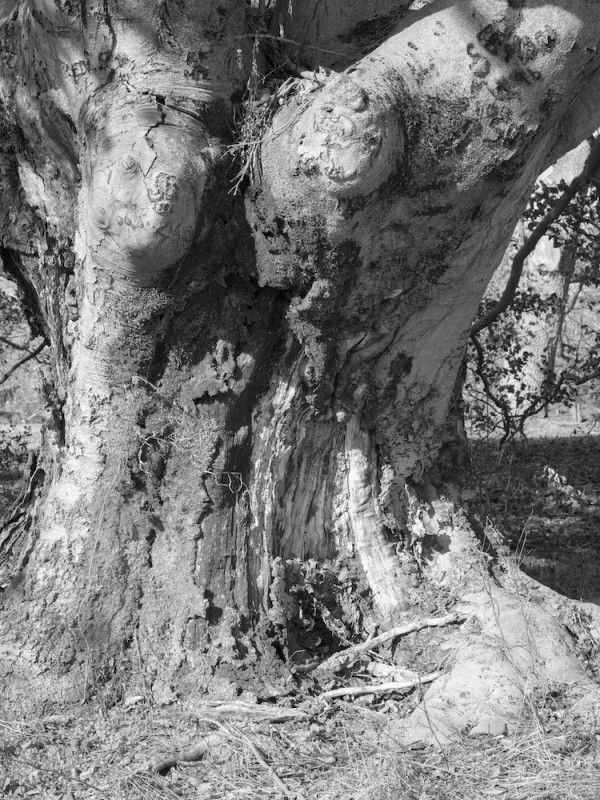
Fagus gigantea, American Beech, Cadwalader Park, Trenton, New Jersey, 2019
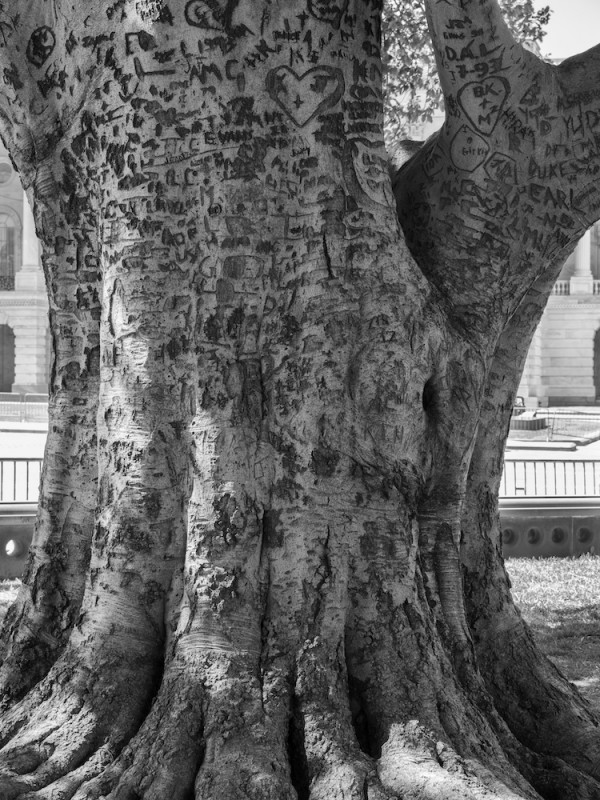
Fagus grandifolia, American Beech, US Capitol Grounds, Washington, DC, 2020
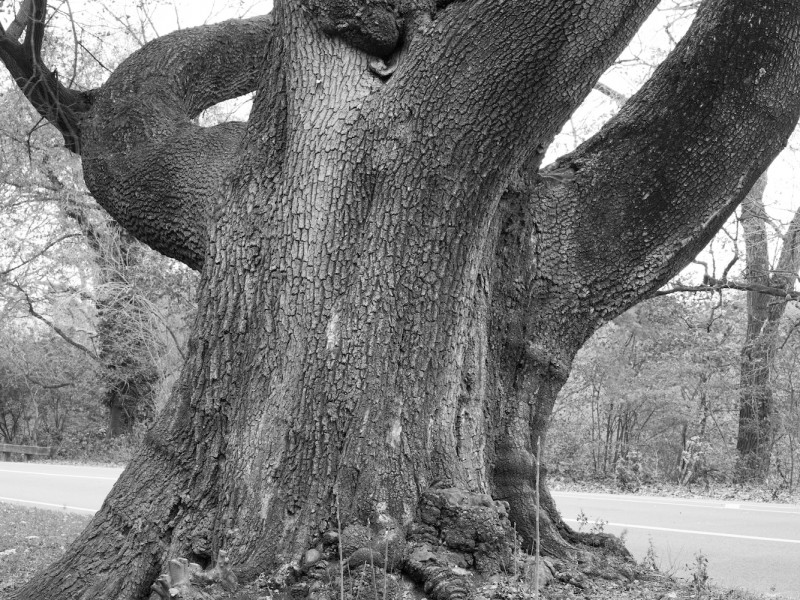
Ulmus rubra, Slippery Elm, Prospect Park, Brooklyn, NY, 2019
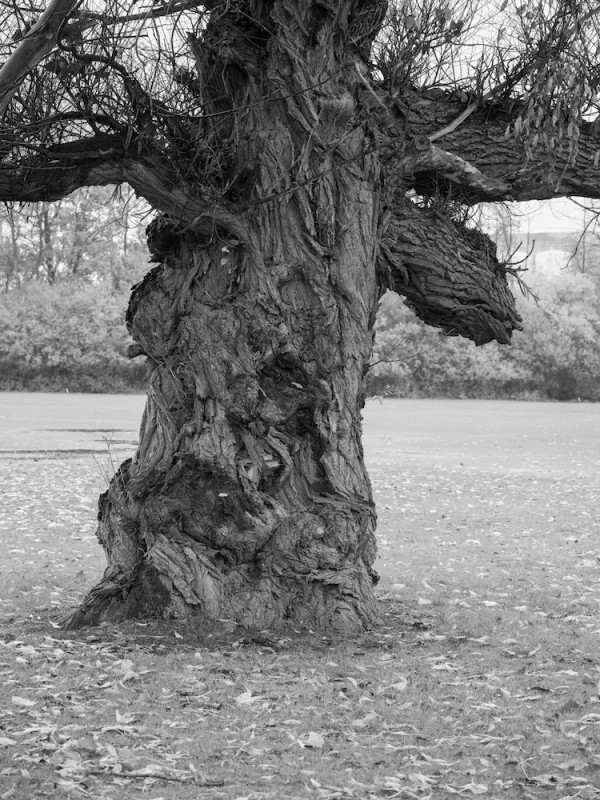
Platanus x acerifolia, London Plane Tree, Highland Park, Rochester, NY, 2020
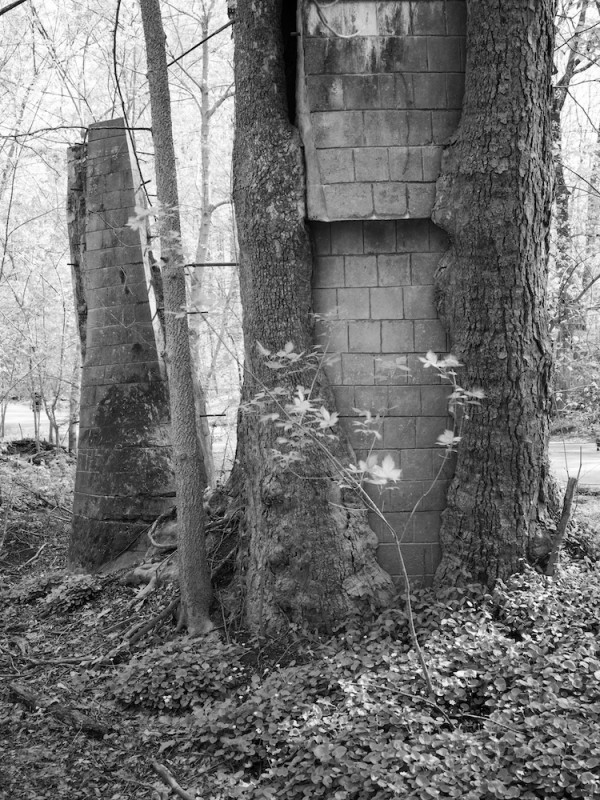
Platanus occidentalis, American Sycamore "Three Sisters", Cherokee Park, Louisville, KY, 2021
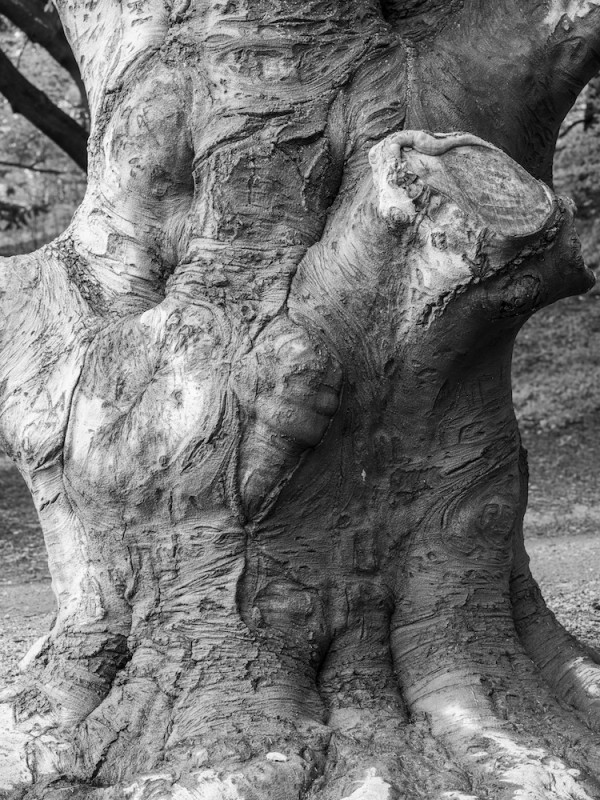
Fagus sylvatica "Aplenifolia", European Beech, Arnold Arboretum, Boston, Massachusetts, 2021
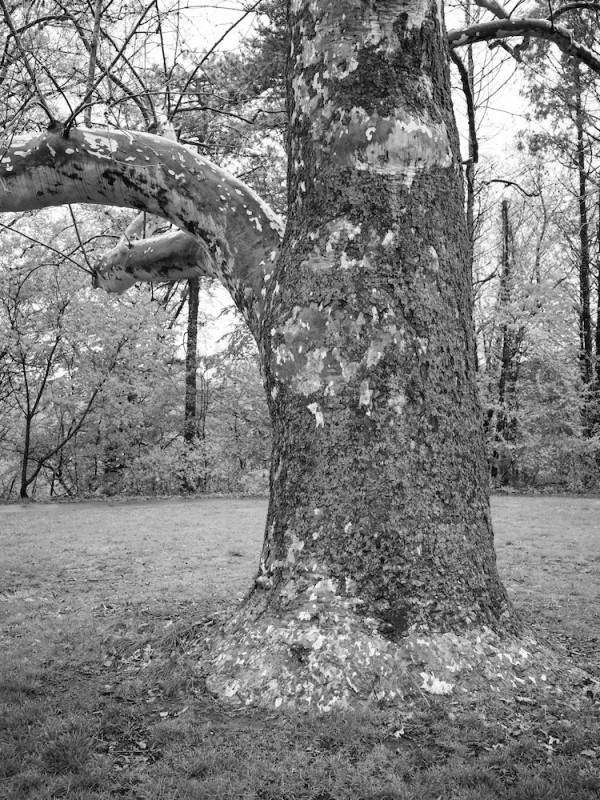
Platanus occidentalis, American Sycamore, Jamaica Pond, Boston

Fagus sylvatica, European Beech, Lake Park, Milwaukee, Wisconsin, 2021
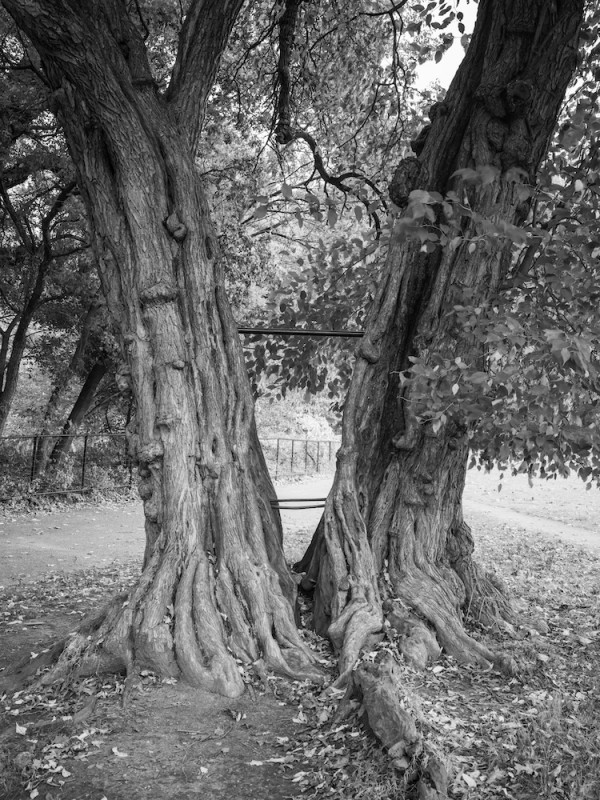
Maclura pomifera, Osage Orange, Prospect Park, Brooklyn, NY, 2021
